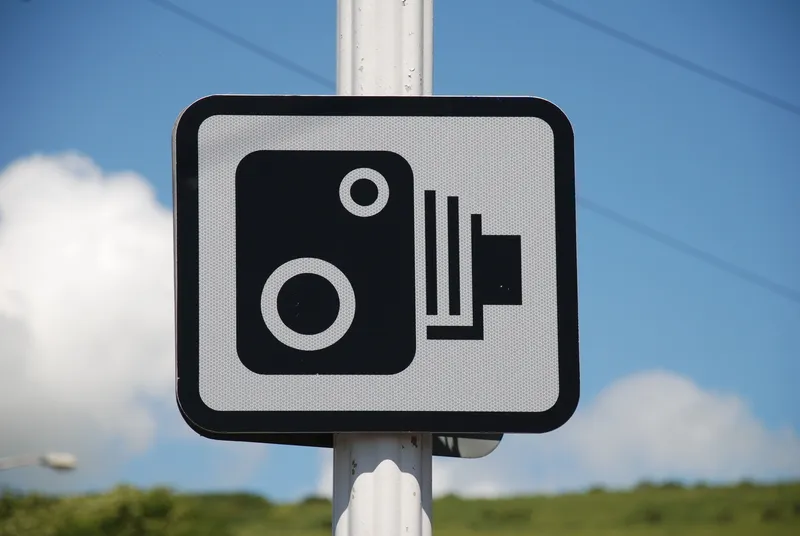Fifty local councils in England saw more than a ten per cent increase in killed and seriously injured (KSI) crash rates between 2010 and 2011, according to an Institute for Advanced Motorists (IAM) analysis of the new road accident figures. The biggest increases in KSI numbers were in St Helens – 62 per cent, Portsmouth – 57 per cent, Stoke on Trent – 57 per cent, and Coventry – 51 per cent. A further 76 councils saw increases in the KSI rate above the national average of two per cent.
July 12, 2012
Read time: 2 mins
RSSFifty local councils in England saw more than a ten per cent increase in killed and seriously injured (KSI) crash rates between 2010 and 2011, according to an Institute for Advanced Motorists (IAM) analysis of the new road accident figures.
The biggest increases in KSI numbers were in St Helens – 62 per cent, Portsmouth – 57 per cent, Stoke on Trent – 57 per cent, and Coventry – 51 per cent. A further 76 councils saw increases in the KSI rate above the national average of two per cent.
Meanwhile, local councils in England slashed their road safety budgets by 15 per cent last year compared to average spending cuts of just six per cent for other council services.
Overall, the annual number of people killed in road accidents has increased by three per cent, from 1,850 in 2010 to 1,901 in 2011 - the first increase since 2003. The number of people reported killed or seriously injured has also increased by two per cent to 25,023 from 24,510 in 2010 – the first annual increase since 1994.
“Road accidents usually drop during an economic recession, so this rise after continuous reductions over the last ten years, is particularly concerning,” says IAM chief executive Simon Best. “Ministers should take this as a serious warning. Cutting road safety education and reductions in local authority spending all suggest that road safety isn’t a major priority for this government. We need targets on reducing casualties for local councils so that performance can be checked. This would help make sure that councils look at new and innovative ways to save lives on our roads.”
The biggest increases in KSI numbers were in St Helens – 62 per cent, Portsmouth – 57 per cent, Stoke on Trent – 57 per cent, and Coventry – 51 per cent. A further 76 councils saw increases in the KSI rate above the national average of two per cent.
Meanwhile, local councils in England slashed their road safety budgets by 15 per cent last year compared to average spending cuts of just six per cent for other council services.
Overall, the annual number of people killed in road accidents has increased by three per cent, from 1,850 in 2010 to 1,901 in 2011 - the first increase since 2003. The number of people reported killed or seriously injured has also increased by two per cent to 25,023 from 24,510 in 2010 – the first annual increase since 1994.
“Road accidents usually drop during an economic recession, so this rise after continuous reductions over the last ten years, is particularly concerning,” says IAM chief executive Simon Best. “Ministers should take this as a serious warning. Cutting road safety education and reductions in local authority spending all suggest that road safety isn’t a major priority for this government. We need targets on reducing casualties for local councils so that performance can be checked. This would help make sure that councils look at new and innovative ways to save lives on our roads.”







